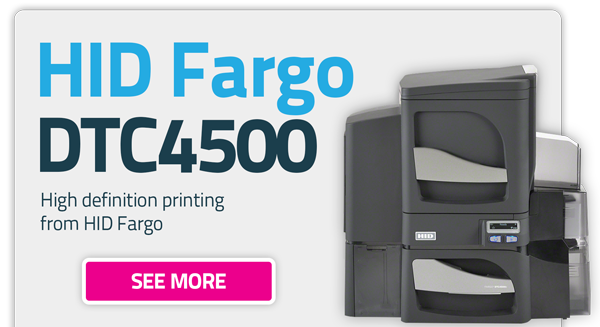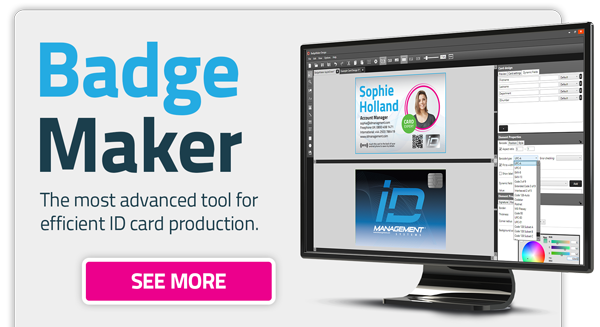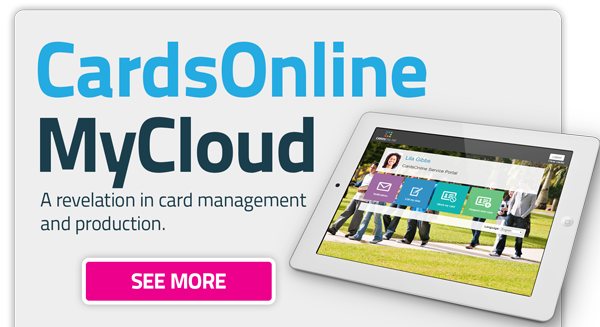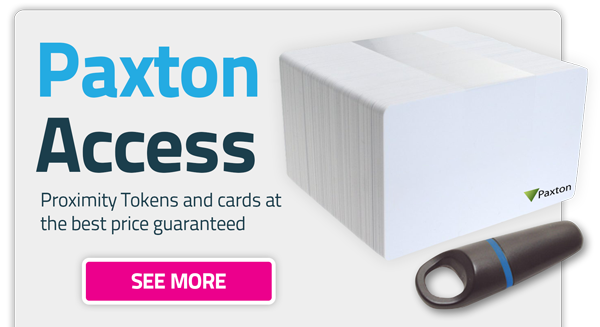Ways to Use Your ID Cards
Identification
The main reason to issue cards is to validate and identify the holder. For many customers this is the only function they want the cards to perform, so they therefore require no encoding. However, most customers want their cards to be able to perform more operations, especially in facilities that require a more strict security system.The below methods explain the further operations you may require your ID card to perform.
Technology Card Uses
Access Control
This method replaces the traditional 'key and lock' system. It is considered rather normal practice these days for ID Cards to provide access into buildings or departments of buildings. Rather than carrying physical keys, this type of card is programmed to allow access to as many rooms as is necessary for that particular holder. Not only is this more practical, it also improves security due to its traceability.
Payment
Organisations that are involved with money and commerce such as banks and retail outlets have embraced this technology for years - chances are we all have a debit or credit card, or have received a gift card at some point. This type of technology can also be used in facilities that make use of cashless vending, like universities and hospitals. Again, this improves security as no or less cash is kept on the premises at any one time, as holders will use their ID cards instead.
Technology Card Types
Magnetic Stripe Cards
The most traditional method of storing data on plastic cards, magnetic stripe encoding provides an added layer of security and encryption of information or data. The encoded information is accessed by passing the cards' stripes through specialised readers, normally by swiping the card as you would with a payment card.
Smart Cards
Smart cards refer to any plastic card containing an embedded, integrated circuit microchip or an on-board microprocessor. Data encoded on standard smart cards are accessed by having the smart card directly contact a smart card reader. The reader makes physical contact with a gold plate on the card face and then reads and transmits its data electronically.
Like standard smart cards, contactless smart cards have either electronic microchips or microprocessors. Unlike standard smart cards, they also have embedded antenna that allow the card to communicate with an antenna/coupler unit without making direct physical contact. Smart cards of either sort may be re-encoded - that is, receive and store new information - multiple times by id card printers or separate card encoding devices.
Proximity Card Encoding on ID Cards
Proximity cards store encoded data in embedded electronic circuits. Antennae inside the cards then transmit the translated data as radio waves that can be read by proximity card readers without the need for the card to make physical contact with the reader. They differ from contactless smart cards in that they can not have new information written onto them. For this reason, proximity card encoding is typically done by manufacturers before shipping. Because users can leave their proximity cards inside their wallets or purses while remote readers process their codes, proximity cards are a convenient and increasingly popular way for institutions and businesses to control access.
















































